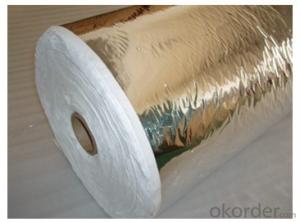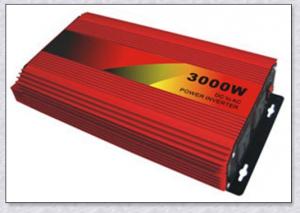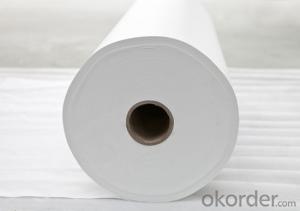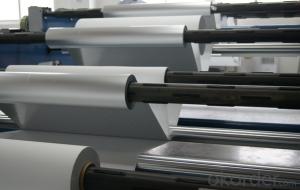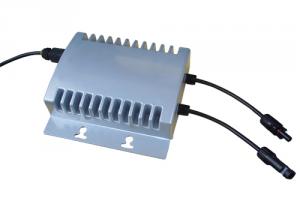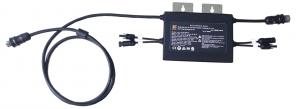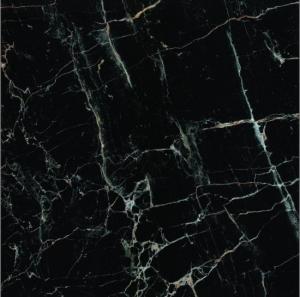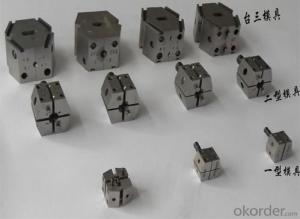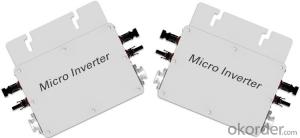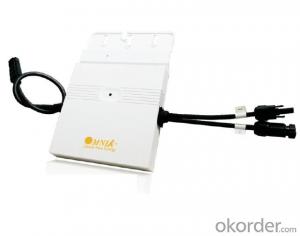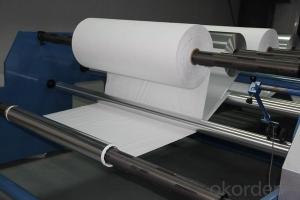Solar Edge Micro Inverter
Solar Edge Micro Inverter Related Searches
Ac Inverter For Solar Panels Solar Panel With Ac Inverter Gas Furnace With Ac Panda Hot Water Bottle Cover Minion Hot Water Bottle Cover Abb Solar Water Pump Inverter Solar Water Pump Philippines Extra Long Hot Water Bottle Solar Panel Dc To Ac Inverter Old Fashioned Hot Water BottleHot Searches
Solar Edge Inverter For Sale Fiberglass Scaffolding For Sale Fiberglass Panels For Sale Fiberglass Greenhouses For Sale Type Of Scaffolding With Pdf Solar Inverter With 2 Battery Pedestal Fan With Water Spray Price Mini Inverter With Battery Online Shopping Solar Edge Inverter Price Ceiling Fan Lowest Price Solar Edge Inverter Sizes Type Of Inverter For Solar Types Of Inverter For Solar Used Solar Inverter For Sale Inverter Size For Solar System Solar Edge Inverter For Sale 5kw Solar Inverter For Sale Solar Inverter For Sale Solar Inverter For Battery Solar Inverter For Split AcSolar Edge Micro Inverter Supplier & Manufacturer from China
Okorder.com is a professional Solar Edge Micro Inverter supplier & manufacturer, offers integrated one-stop services including real-time quoting and online cargo tracking. We are funded by CNBM Group, a Fortune 500 enterprise and the largest Solar Edge Micro Inverter firm in China.Hot Products
FAQ
- Yes, a solar inverter can be monitored remotely. Many modern solar inverters have built-in monitoring capabilities that allow users to track the performance and energy production of their solar system from a remote location. This can be done through software applications or web-based platforms that provide real-time data and analytics, enabling users to monitor the system's efficiency, diagnose issues, and optimize its performance without physically being present at the location of the inverter.
- No, a solar inverter cannot be directly used with a string inverter system. A solar inverter converts the direct current (DC) generated by the solar panels into usable alternating current (AC) electricity. On the other hand, a string inverter manages the output of multiple solar panels connected in series, converting the DC power from the panels to AC power for the grid. These two types of inverters serve different functions and are not compatible with each other.
- Yes, a solar inverter can be used with a solar-powered pool heating system. A solar inverter is responsible for converting the DC (direct current) power generated by solar panels into AC (alternating current) power that can be used by household appliances or fed back into the electrical grid. In the case of a solar-powered pool heating system, the solar panels generate DC power, which is then converted by the inverter into AC power to operate the pool heating system.
- A solar inverter interacts with the electrical grid by converting the direct current (DC) electricity generated by solar panels into alternating current (AC) electricity, which is the standard form of electricity used in the grid. It synchronizes the AC electricity produced by the solar panels with the grid's frequency and voltage, allowing the excess energy to be fed back into the grid. The solar inverter also ensures that the energy produced by the solar panels is safely integrated with the grid, adhering to the grid's regulations and requirements.
- A solar inverter handles voltage fluctuations from the grid by continuously monitoring the incoming voltage. When fluctuations occur, the inverter adjusts its internal components to maintain a stable output voltage. It does this by regulating the power conversion process, either by decreasing or increasing the output voltage as necessary. This ensures that the solar energy generated by the panels remains at a consistent level, regardless of the voltage fluctuations from the grid.
- Yes, a solar inverter can be used in a ground-mounted solar tracking system. The solar inverter is responsible for converting the direct current (DC) generated by the solar panels into alternating current (AC) that can be used to power electrical devices or be fed back into the grid. Whether the solar panels are fixed or mounted on a tracking system, the inverter's function remains the same.
- The role of a galvanic isolation transformer in a solar inverter is to provide electrical isolation between the solar panels and the grid, ensuring the safety of the system. It prevents any direct electrical connection between the high voltage DC side and the low voltage AC side, while allowing the transfer of power between them. This isolation protects both the system components and the users from potential electrical hazards, such as short circuits or ground faults. Additionally, the galvanic isolation transformer helps reduce noise and interference in the system, enhancing the overall performance and reliability of the solar inverter.
- The role of isolation in a solar inverter is to provide safety and protection by electrically separating the DC input side (solar panels) from the AC output side (grid or load) to prevent any potential hazards such as electrical shocks, short circuits, or ground faults. It also helps in reducing noise interference and improving the overall performance and efficiency of the inverter.



